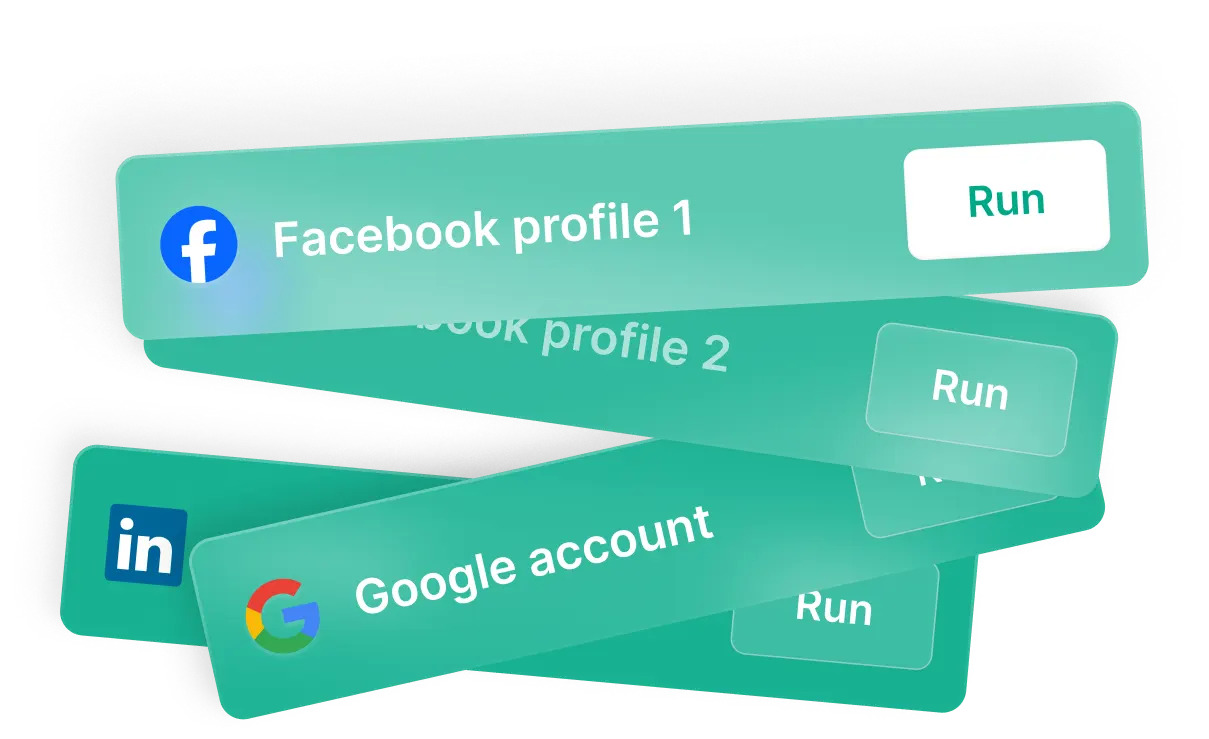Google Analytics (or simply GA) is a comprehensive platform designed to measure and report on website traffic. It offers valuable insights into how users interact with your website, including the most popular content, time spent on each page, and the types of devices used for browsing.
Some GA Benefits
One significant advantage of Google Analytics is its ability to connect with Google Ads. This integration allows businesses to track which campaigns are driving the most traffic and converting casual visitors into customers.
Here are some other important pros:
-
Comprehensive Data: Google Analytics provides a wealth of data on website performance, user behavior, traffic sources, and more. This includes demographic information about visitors such as age, gender, location and the devices they use.
-
Integration with Other Google Tools: One of the key advantages is its seamless integration with other Google tools like Google Ads and Search Console. This allows for tracking of advertising campaigns directly in the platform and helps optimize SEO efforts.
-
Real-Time Reporting: Unlike some other analytics tools that only provide historical data, Google Analytics offers real-time reporting which can be particularly useful for monitoring the immediate impact of marketing campaigns or site changes.
-
Customizable Reports: The tool allows you to create custom reports tailored to your specific needs or business goals which might not be possible with other analysis tools.
-
Cost-Effective: While there are premium versions available for larger enterprises (Google Analytics 360), the standard version of Google Analytics is free to use making it an affordable choice especially for small businesses or startups who may have budget constraints.
Starting Out With Google Analytics
To start using GA, you need to install a tracking code on each page of your website. Once installed, this tracking tag collects data from every visitor’s web browser automatically and sends it back to your analytics dashboard for review.
Setting up Google Analytics involves creating a dedicated account (preferably not someone else’s) where all collected data will be stored securely without risk of loss due to personnel changes within the company. After setting up an account and deciding what properties (websites or mobile apps) you want tracked under that account, you simply install the provided tracking code onto those properties’ pages.
Once set up correctly, GA starts collecting valuable data immediately which can then be viewed in different reporting features available within the tool itself:
- Audience Overview report gives information about user demographics while Acquisition reports detail how users landed on your site;
- Behavior reports provide insight into how well content performs with viewers;
- Conversion Reports are tied directly to goals set within GA showing how many conversions have been achieved against those goals.
